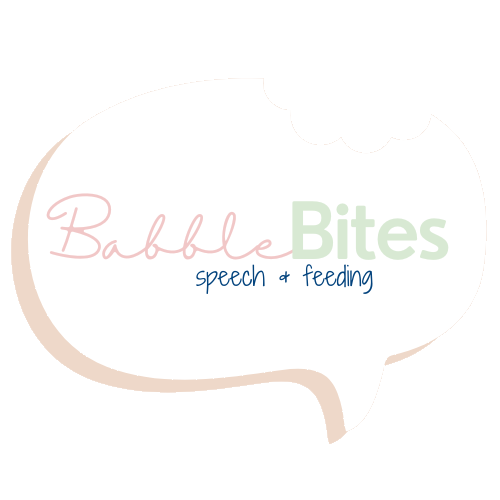Functional Words: How to teach your baby to say “Go”
Pushing a car down a ramp is a great time to practice, “ready, set…” “go!”
The word “go” is a functional and motivating word for babies to learn, because it gives them the ability to request something they want, usually within a play routine.
How to Teach Your Baby to Say, “Go”
1. Model saying “go” frequently across different activities using a verbal routine
Start by modeling the word “go” across different scenarios. The best way to teach the word “go” is to use the verbal routines “ready, set, go” or “1, 2, 3, go”.
Here are some examples of when you can model the word “go”:
When pushing a toy car
When putting a ball down a ball ramp
When blowing bubbles
When pushing a swing
When rolling a ball back and forth
When pushing your baby in a push bike/car
Pull the swing back and say, “ready, set…” and then “go” as you let go or push the swing.
2. Bring your baby’s attention to your mouth as you model the word “go”
You can also point to your mouth while you say the word “go” to bring your baby’s attention to the way your mouth is moving. The consonant sound /g/ isn’t expected to develop until around 3 years of age (though some babies can say the /g/ sound early), so it may sound like “doe” when they first learn to say it. You can point to the junction of your chin and neck while you make the /g/ sound in “go” to show your child that you are using the back of your tongue. You can also point to your mouth as you make an exaggerated circle with your lips while you say /o/.
3. Give your child the opportunity to tell you “go” by pausing
Once you have modeled the word “go” using the “ready, set, go” or “1, 2, 3, go” verbal routine many times across different activities (this may take days, weeks, or months depending on your child’s development, and their age), choose an opportunity to pause and wait before automatically filling in the last word “go” and completing the action (e.g. letting a car go down the ramp, pushing the swing, rolling the ball). This is called the cloze statement strategy.
Ball ramp example:
Let’s take putting a ball down a ball ramp for example. When you place the ball at the top of the ramp, say, “ready, set…” (or “1, 2, 3…”) and pause and look expectantly at your child (i.e. eyebrows raised, mouth open smiling).
If your child does not initiate filling in the word “go” on their own, you can try pointing to your child while saying the first sound “g,” and waiting again, or simply model the word “go” (but don’t let the ball go yet) and again pause and look expectantly, and see if your child imitates the word. Wait 3-5 seconds after you model it to see if they imitate you.
If they are not getting frustrated, try this again 1-2 more times before letting the ball go, as you model the word “go” again.
If they don’t try the word yet, continue to model it across different activities and try this again in a few days!
When Can Babies Learn to Say “Go”?
Babies can learn the verbal word “go” typically between 12-24 months of age.
This website and information on this blog post is provided for educational purposes only. It is not meant as medical advice, intended to replace a speech-language assessment, therapy from a speech-language pathologist, or serve as medical care for a child. It is recommended that you discuss any concerns or questions you might have with your speech-language pathologist, pediatrician, and medical team, and develop an individualized team plan specifically for your child.
Follow us on Instagram for “bite-sized” information on each blog post:












